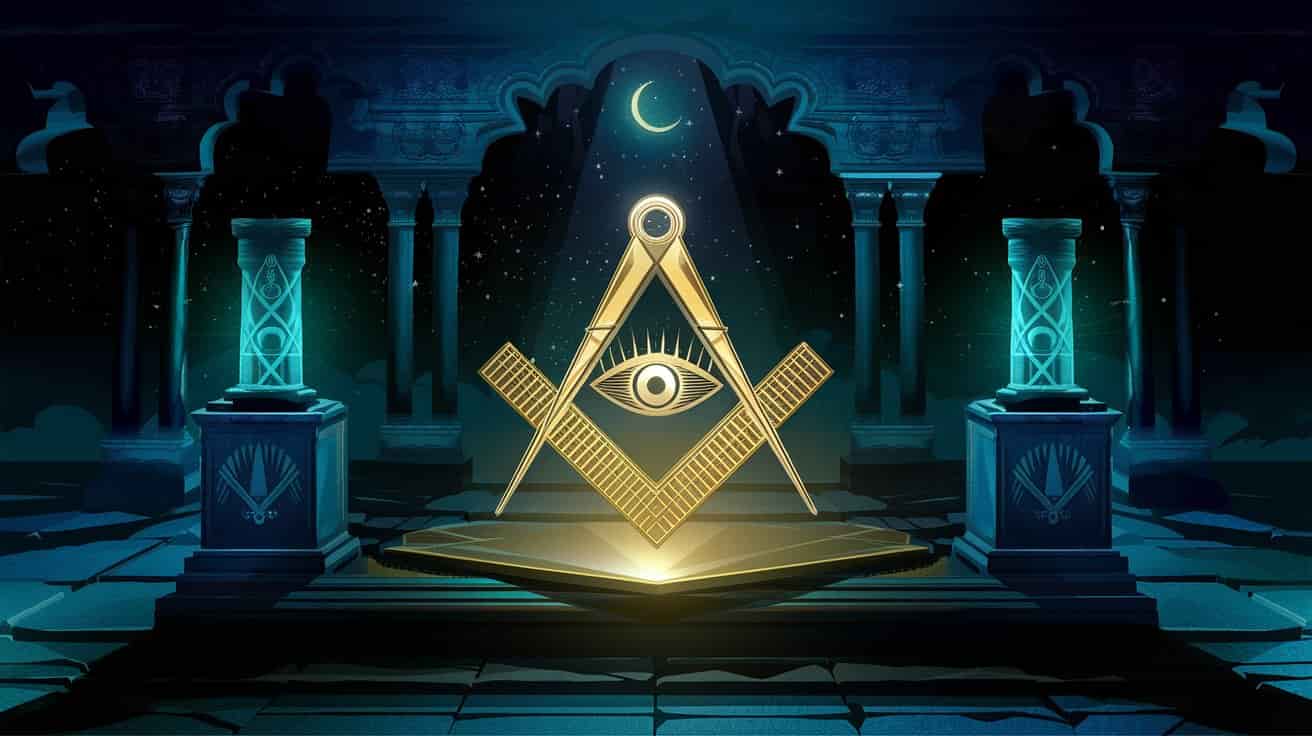What is Esotericism? Exploring Hidden Teachings
Esotericism, originating from the Greek word meaning “inner” or “hidden,” has played a significant role in various cultures, religions, and philosophical systems throughout history. It refers to a body of knowledge or practices that are intended for a select few, believed to possess the ability to understand deeper truths about life, the universe, and the nature of reality. Esotericism primarily focuses on personal spiritual development and the pursuit of hidden truths, not easily accessible to the general public. Over centuries, this complex wisdom has been passed through sacred texts, secret societies, and mystical traditions.
Before delving deeper into esotericism, it’s essential to understand its historical roots, cultural significance, and modern-day relevance. In this blog, we will explore its origins, key features, and influence on contemporary spirituality.
The Historical Roots of Esotericism
Esotericism traces back to ancient times, with influences seen in spiritual and philosophical traditions across the world. From ancient Egypt to Greek philosophy, and from Medieval Europe to Hindu and Chinese mysticism, esoteric ideas have significantly shaped spiritual practices and offered answers to life’s big questions.
- Ancient Egypt: Egyptians contributed foundational elements of esoteric thought. Their priests held access to hidden cosmic knowledge, and many practices involved sacred symbols, rituals, and teachings that revealed deeper truths. The “Hermetic” tradition, originating in Egypt and later absorbed into Greek philosophy, has influenced modern esotericism.
- Greek Philosophy and Gnosticism: Ancient philosophers like Plato and Aristotle explored hidden wisdom and metaphysical concepts, which paved the way for esotericism in Western thought. Gnosticism, an early Christian sect, emphasized the importance of “gnosis” (inner knowledge) and spiritual enlightenment, offering a belief system that linked mystical experiences with divine understanding.
- The Middle Ages and Renaissance: During the Middle Ages, Hermeticism and other esoteric traditions began to rise. Thinkers like Paracelsus and Marsilio Ficino revived ancient mystical teachings. By the Renaissance, esoteric movements like alchemy, astrology, and Kabbalah had gained popularity as intellectual challenges to the established religious and scientific perspectives.
Key Features
Although esotericism encompasses diverse traditions, several common elements characterize it. These features form the foundation of esoteric practices and philosophies.
- Symbolism and Sacred Texts: Esoteric teachings often rely on symbols and metaphors to convey deeper meanings. These symbols hold mystical power, and those with the right insight can unlock their hidden wisdom. Sacred texts may contain allegories, where surface-level readings provide a gateway to profound spiritual understanding.
- Inner Knowledge and Mystical Experience: Esotericism focuses on acquiring knowledge not from external sources but from personal, mystical experiences. Practitioners believe that individuals can achieve spiritual enlightenment and insight through practices such as meditation, contemplation, and rituals.
- Spiritual Transformation: The ultimate aim of esotericism is spiritual growth, seeking a higher consciousness. This transformation often involves releasing material attachments and recognizing a divine, universal reality. Esoteric traditions suggest that by awakening to the true nature of the universe, individuals can unlock their full potential and attain enlightenment.
- Complex Philosophical Systems: Esotericism explores complex systems that address questions about the soul, the afterlife, and the connection between humanity and the divine. Some traditions involve the study of sacred geometry, astrology, and metaphysical principles to understand how the universe operates.
- Occultism and Magic: Esotericism often intersects with occultism—the belief in supernatural forces and magical practices. Some esoteric teachings include astrology, divination, alchemy, and the use of rituals and symbols to tap into hidden energies. Although not all esoteric systems practice magic, many use hidden knowledge to influence natural forces or access higher realms.
Esotericism in Religion
Esotericism intertwines with many major world religions, with secret, hidden teachings often reserved for initiates or select individuals. These teachings present alternate, deeper interpretations of mainstream religious beliefs. Here are a few examples of esotericism in religious traditions:
- Gnosticism: Gnosticism, an early Christian movement, emphasized salvation through “gnosis”—a direct, personal encounter with divine knowledge. Gnostics believed that this inner wisdom surpassed the knowledge provided by orthodox Christianity.
- Christian Mysticism: Within Christianity, mystics like Meister Eckhart and John of the Cross sought profound spiritual experiences that led to a closer union with God. Christian mysticism embraces esoteric ideas, highlighting inner spiritual growth over external religious practices.
- Sufism: Sufism, the mystical branch of Islam, is another example of esotericism within religion. Sufis emphasize the importance of inner purification, meditation, and direct communion with God, often using poetry, music, and rituals to express their spiritual journey.
- Hinduism and Yoga: Hinduism incorporates esoteric elements, especially through practices like yoga and meditation. These disciplines aim to connect with the divine through personal experience and inner wisdom. Concepts like “moksha,” or liberation from the cycle of reincarnation, align with esoteric beliefs in spiritual evolution.
Modern Esotericism
Esotericism remains relevant today, influencing modern spiritual movements and alternative practices. Contemporary seekers turn to esoteric teachings as part of their spiritual journey, often through new-age movements, self-help teachings, and healing practices.
Books, seminars, and online communities make esoteric knowledge more accessible than ever. Practices like astrology, tarot readings, and meditation provide tools for spiritual exploration and personal transformation. Popular culture, through movies and books, often draws on esoteric themes, making hidden knowledge more visible to the public.
The Role of Esotericism in Today’s World
In today’s fast-paced, often disconnected world, esotericism serves as a guide for individuals seeking deeper meaning and spiritual insight. People are drawn to esoteric teachings because they offer a path toward inner peace and greater understanding. While esotericism requires personal commitment, it offers spiritual growth that connects seekers with the mysteries of existence.
Esotericism is not about blindly following teachings but rather about seeking a transformative experience. The knowledge gained through esoteric practices has the potential to reveal profound truths, unlocking a greater awareness of the self and the universe. This journey remains just as important now as it did centuries ago.
Conclusion
Esotericism provides more than a philosophical framework—it offers a spiritual roadmap. Its teachings, which focus on inner wisdom, personal transformation, and a deeper connection to the universe, continue to inspire modern seekers. Whether through ancient texts or contemporary practices, esotericism remains a path toward enlightenment, self-discovery, and an expanded understanding of existence. Those who embrace it find a timeless journey that leads to both personal and cosmic knowledge.



Post Comment